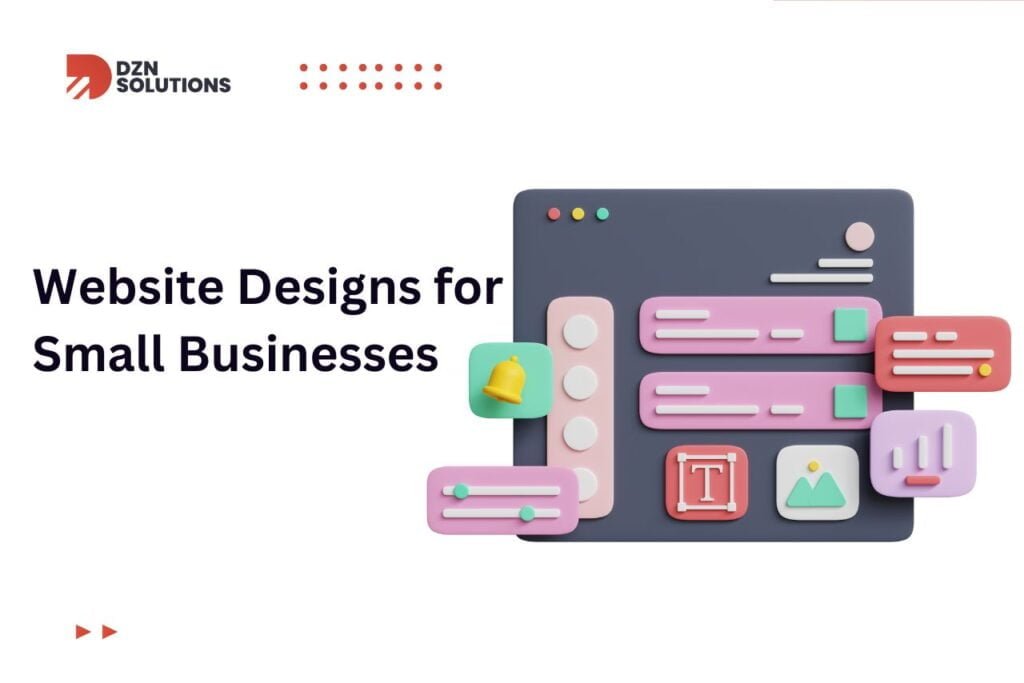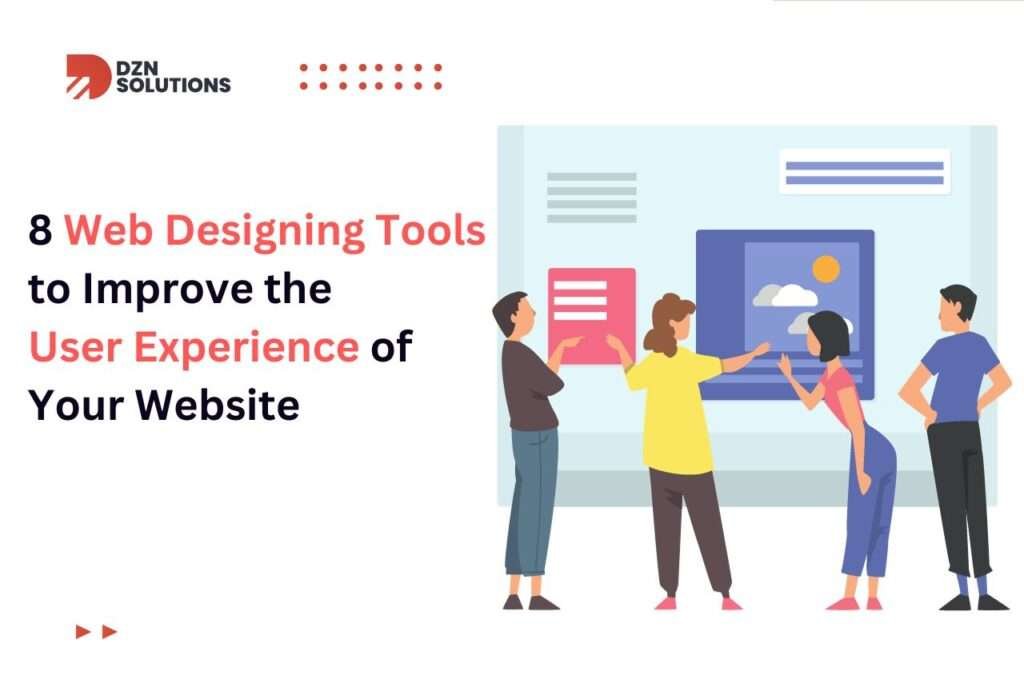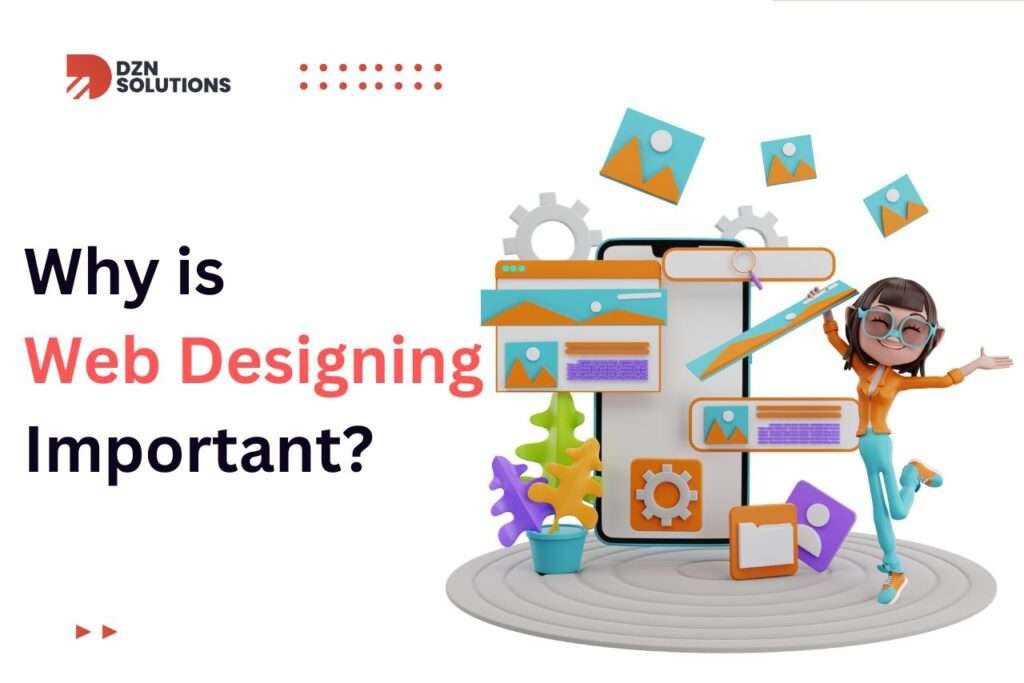Imagine a user opening your website, and within the first six seconds, can he tell what your company is all about? Can you picture the user easily navigating through the website and finding whatever he needs? Does the website designs load in seconds? Or is the layout of your website extremely easy to understand? Do you get higher returns from the website?
If the answers to most of the questions stated above are negative, chances are your website has a basic structure, but the website is not optimized and is useless.
Don’t think we are being mean here. Let us be truthful here, if you go on with your website in the same way, there is a high possibility of your visitors simply clicking that X button on the top right, or just swiping to the next best available option.
It is high time you look at the most successful website designs and use the web designing magic to give your website a much-needed facelift.
What is an optimized website?
A website that operates to its full potential provides its visitors with an amazing user experience. Once a visitor lands on your website, he becomes a user, and revisits your website time and again. Because the experience of the website is nothing short of an amazing trip to your favorite store.
An optimized website is highly functional, search engine optimized, provides and adds value to your visitors’ lives, works at the highest speed, is easily navigable, aesthetically designed, portrays the best image of your brand/business, and keeps the visitors hooked. An optimized website that is also successful has a terrific user experience and high result-yielding experience to its credit.
To point out a few things that make a website successfully optimized would be simply unfair, because there are a ton of things that go into web designing to make it successful.
Let us put it this way, your website is loaded with amazing products, useful information, and magically woven blog posts – but, it is extremely difficult to navigate. Do you think the users would be interested in exploring the website more? Certainly not.
It can be intimidating to understand precisely what areas are needed to be focused on the most, and identify other less focus-requiring areas. For that purpose, we have compiled this guide for your benefit.
How to make successful website designs?
1. Plan:
First things first, after identifying that your website needs improvements, or that you are designing your website from scratch, you need to have a solid plan. A detailed framework of what areas of the website need the most work and which areas can be tackled later.
The best way to go about it is to imagine yourself as a visitor and think and analyze your website from their perspective. Think of all the key areas that they are most likely to notice first and which areas are of keen importance to them. Then go along with that plan.
The whole idea behind a website is to generate sales, so keep that in mind throughout all steps of the way.
2. Research and strategize:
Research and research. We cannot stress this fact enough. Researching each and everything will identify all the key areas that need to be worked on. After thorough research, plan your strategy accordingly. Create a list of all the pain areas, goals, thought processes, and possibilities which can be view.
Think of the vision and values of your brand and how the website has to be in sync with the goals and aims of the business as a whole. Once the aims and goals of the website are put in place, the strategy is then devised accordingly. The strategy will also include the color scheme, the brand identity elements, and other messages to be conveyed through the website.
3. Less is more:
Always remember to remove any distractions or extra elements that you have previously loaded the website with just for the sake of stuffing content in.
When the clutter is removed, only then will the important areas get highlighted. Unnecessary animations, striking colored photographs, quotes sprinkled throughout the website, and too many call-to-action buttons can all make the website seem tacky and claustrophobic.
Make things clear and highlight the areas in your website where you want the audience’s attention. Also, make sure that the aesthetics of your website do not overpower the content you are trying to put across.
4. Keep it together:
Your brand identity color scheme, fonts, styles, typography, imagery, and logo HAS to be the same all across different platforms. Unity calls for trust and trust brings in loyalty. Too much going on with the color scheme, for argument’s sake, will only distract the audience further. Already their attention spans are a few seconds.
Omit the visual confusion and keep the audience hooked to the target. It is best that the visitors feel a sense of belonging and calm when they open your website. Overwhelmed visitors (with too many distractions and too much going on, on the website) often fail to convert and make the bounce rate higher. Successful website designs always focus on this area.
5. Keep call-to-action buttons in clear sight:
Using too many call-to-action buttons is a major failure and so is hiding them in the design where the visitors find it extremely difficult to click them. You need to be able to identify which page requires which call-to-action button and where to place it precisely. Adding white space and highlighting key areas is the go-to method for creating a powerful and successful website. Go through all the most successful web developing and this is one thing you will find in common.
6. Add valuable reviews:
Consumers are big on word-of-mouth advertisements and personal recommendations. Thankfully, with 70% of the population using social media, you can now add their reviews of your products to encourage people to gravitate towards buying your products. If strong testimonials and reviews are present on the websites there are 80% more chances of people making a purchase.
Pro tip: Add in video testimonials, they work the best.
PS, make sure you add a catchy thumbnail too!
7. Use relevant images:
Your best bet is to use original photographs, but if you cannot go with that, use the relevant and correct photograph that goes with the context of your website. Do not over-bombard your website with imagery. Again, less is more.
8. Smooth navigation:
Look at some of the top website designs, all of them are super smooth to navigate. Map out the areas and make reaching those areas a breeze for the viewers. If the navigation is smooth, it is much easier to dive deeper into the website and explore it more. You have to make it easier for them to find exactly what they are looking for. Streamline your content and make sure the experience is smooth and interesting.
9. Build a strong homepage:
The ideal situation here is to include a total of five sections on your homepage highlighting the key areas of your website. Use your homepage to educate the audience about the value your business provides, an intro video, a brief overview of the services, products, the story of your company, and a few testimonials. Do not forget to tag along your contact details. Make sure you end it all with a nicely placed call to action button.
10. Search engine optimization:
Terrific website, with fab content, and stunning imagery.
SEO? Non-existent.
Your website is simply on its way down the drain. No, it is.
No point in your website being all great when it just doesn’t pop up when searched for relevant things. Get your website search engine optimized, even before starting with writing content for it. It is just THAT important.
Conclusion:
Great website designs call for a ton of research and work, and when everything is design into place with the correct plan and efforts, there are lesser chances of failure. Do what are you waiting for? Get ahead of everyone else and revamp your website now!


